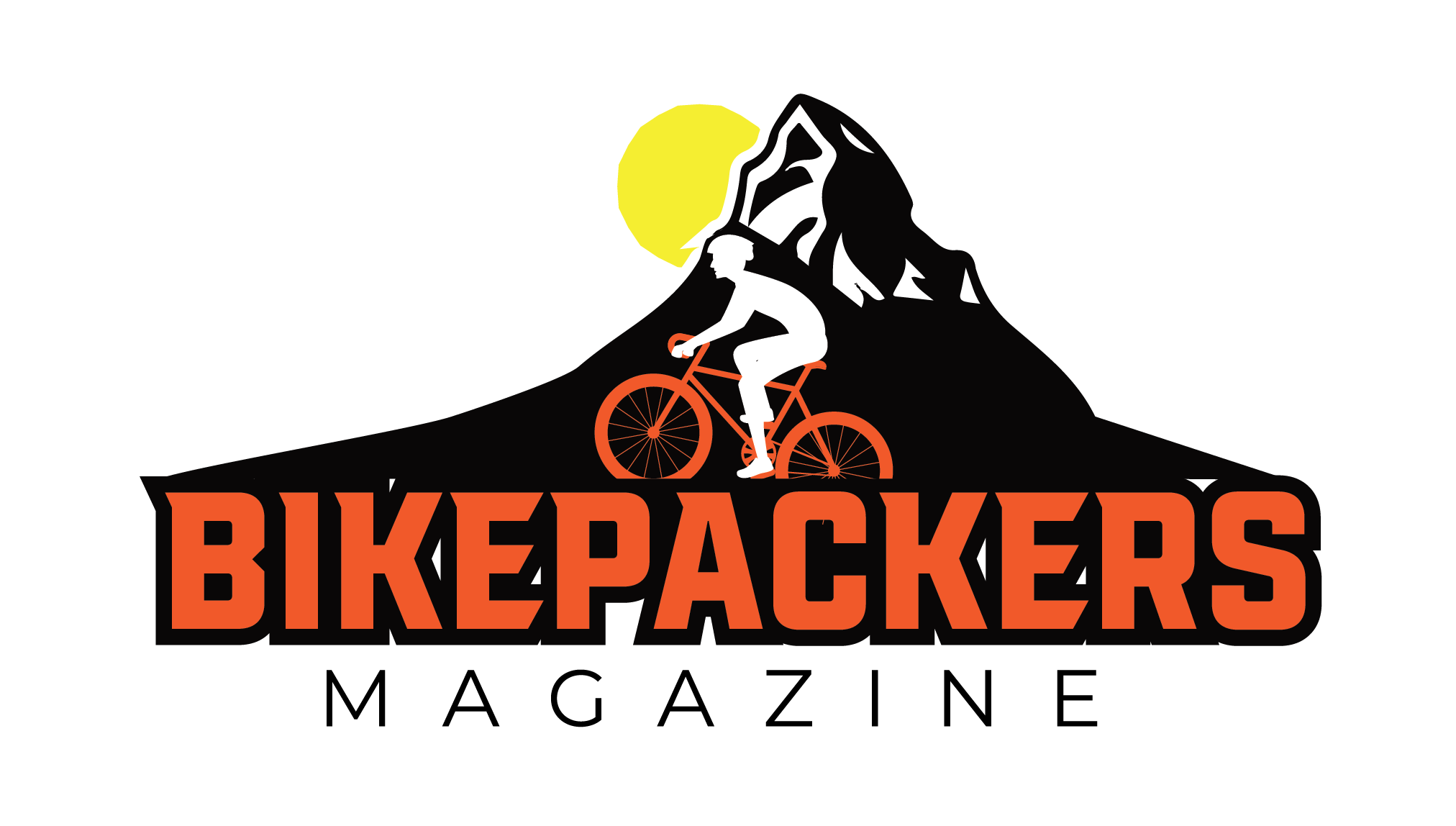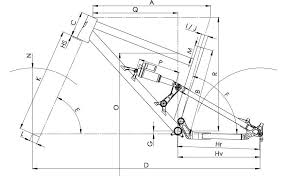Introduction
Quick Navigation
Learning the basics of bike geometry appropriately will support your cycling. The geometry of a bike is very significant when it arrives at getting a new purchase, as it promptly influences the way you ride, and the optimal geometry is distinct for various types of cycling.
Your initial orientation to this arcane science will no doubt be from a bike geometry chart, an incoherent image of lines and measurements of a regular looking bike that can start to make you feel a little out of your profundity. Augmented with jargon and oddly tagged angles, these diagrams can be a little hard to decode. Associate that with the fact most bike types’ geometry charts are varied from one another and you have a fundamental problem on your hands.
See here for more details
Size
Bikes come in a vast formation of several shapes and sizes, and the sizes provided by bike brands have no association with bike geometry. Most brands size their bikes in unique ways, only to make it extra complicating. Measurement is brought in centimetres of the length of the seat tube and then either described on the rationale of that exact measurement e.g., 51cm, 54cm, 56cm etc. Or that measurement is allotted an uncertain size range i.e., small, medium, large and lot more.
Fork Rake and Offset
Now we begin handling with dotted lines and unnoticed fields, the chart becomes a bit trickier and like instructions for a piece of furniture, it may feel simple just to chuck it over your shoulder and put it for another day. But don’t turn away yet luckily, a bike fitter admires the picture of a geometry chart.
Fork rake and fork offset signify the same thing just for various bike types, rake for road bikes and offset for mountain bikes. It implies a straight line from the centre of the fork to the floor, with an abrupt line taking off through that same point of the fork. The percentage of the area between the two lines is then the rake and offset. This is all to do with the procedure as increasing the offset will render the steering feel faster while reducing it will bring about it slowly.
Chainstay Length
One of the further significant measurements on a touring bike is the chainstay length. A lengthy chainstay length is preferable to boost the wheelbase propelling the bike more reliable at speed and procure ample heel approval from the panniers. Heel clearance is very important for riders with bigger feet as your feet can occasionally hit the rear panniers when you pedal.
Wheelbase
A lengthier wheelbase gives a safer and more pleasing ride. Travelling bikes amass a long wheelbase because of a variety of slack head angles, long fork rake and long chainstay length.
Effective Top Tube Length
The effective top tube (ETT) length is the easiest means to infer a bike’s size. That explained, simply because the ETT is the same between the two bikes, it doesn’t imply the bikes will amass the same reach.
Conclusion
A touring bike’s geometry is optimised so that it’s safe holding upfront and rear loads. This is apparent through the slacker head angles and bigger trail than both road and cyclocross bikes.
Road bike steering is pitched to be fast with its low trail geometry. This creates sense in a racing situation where you may require to alter the direction in a split second. On the other hand, cyclocross bike geometry inclines to fall someplace between that of a road and touring bike.

